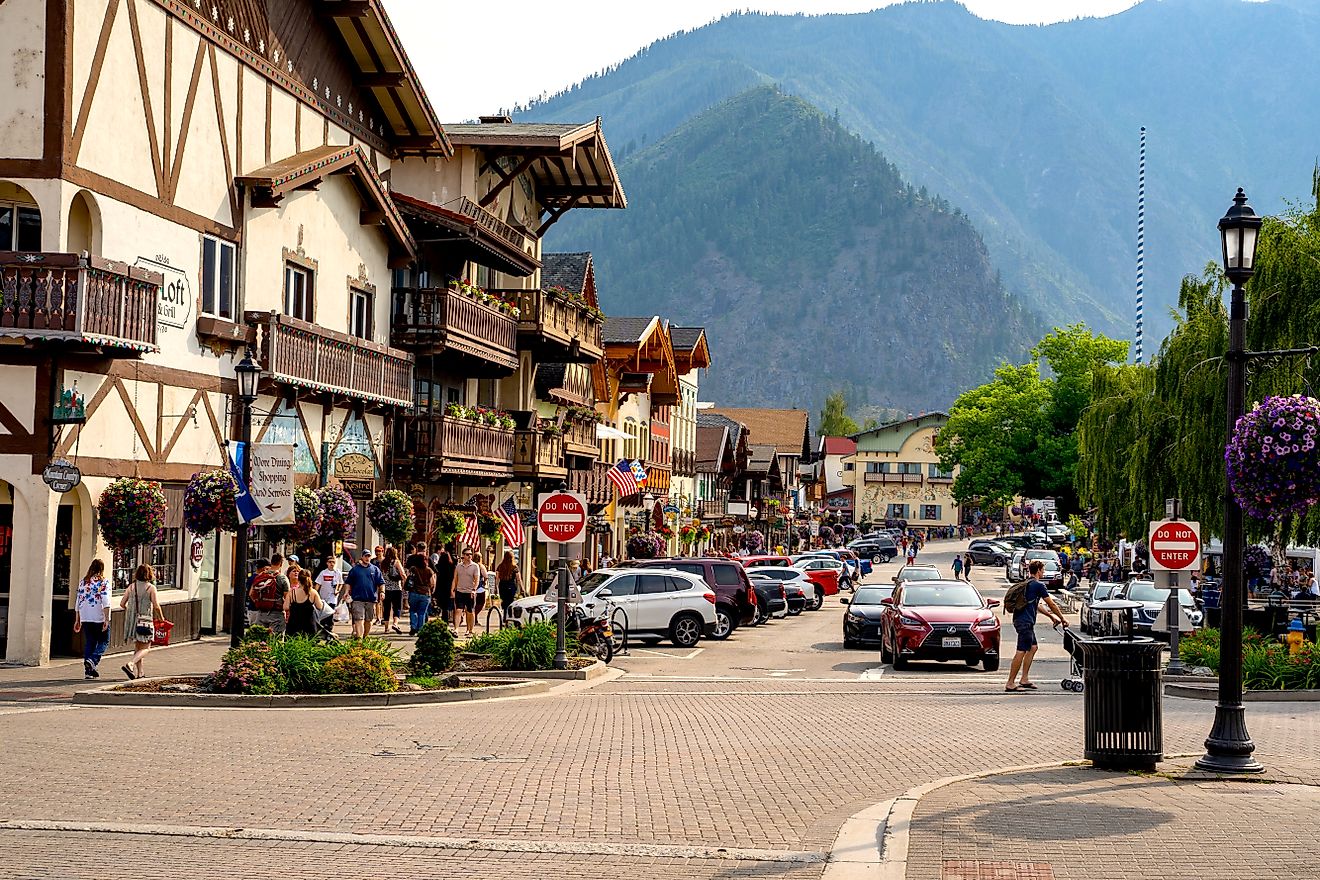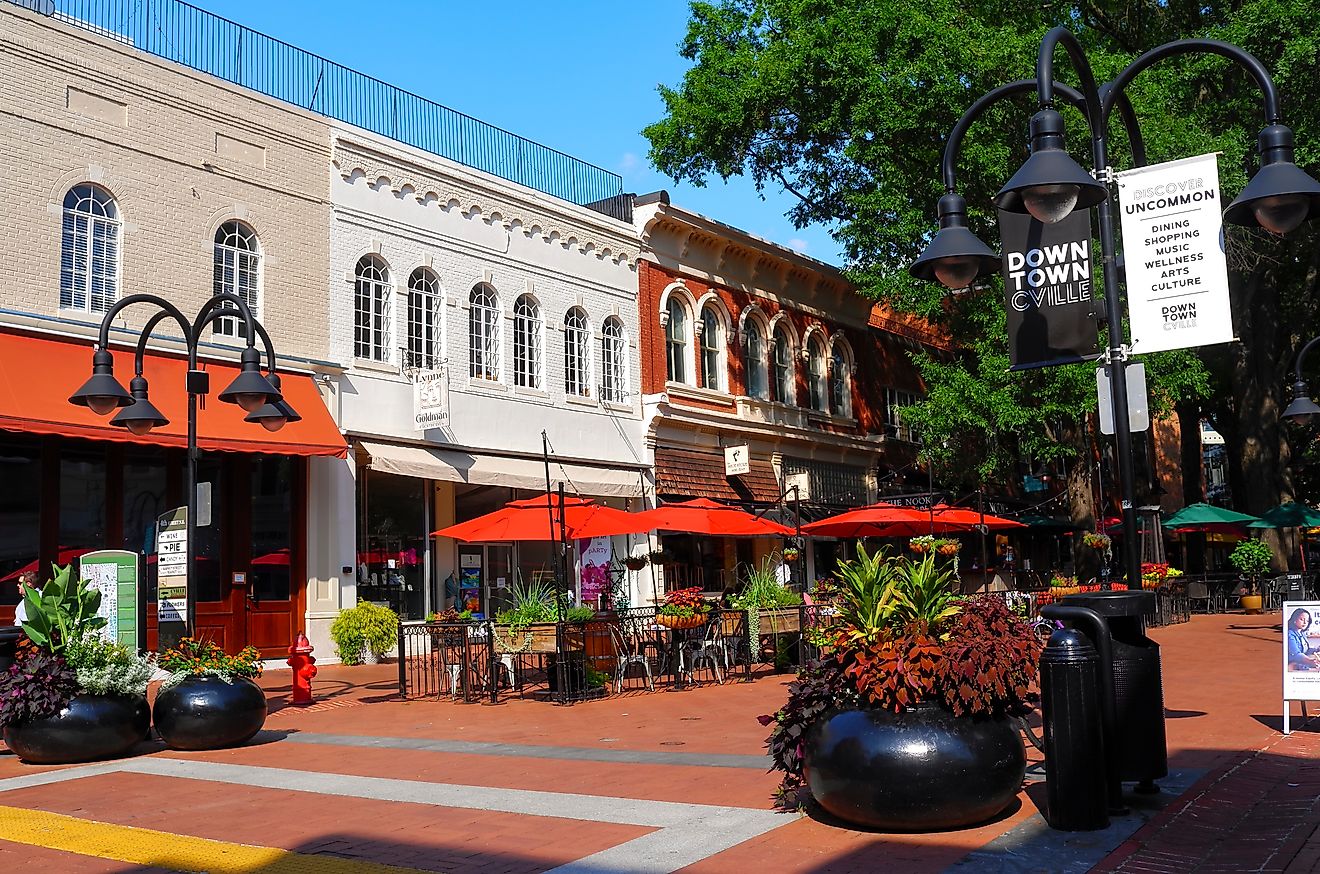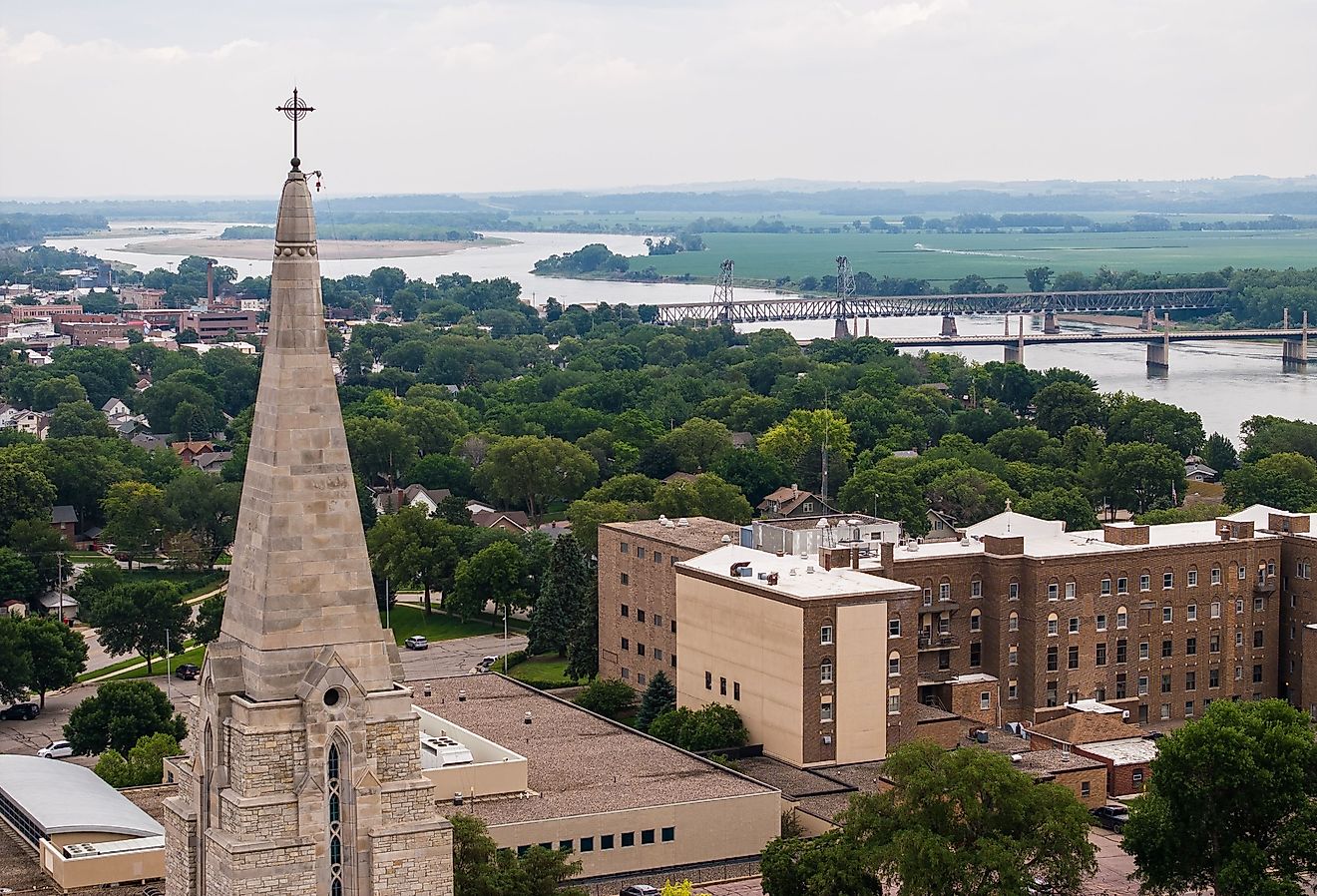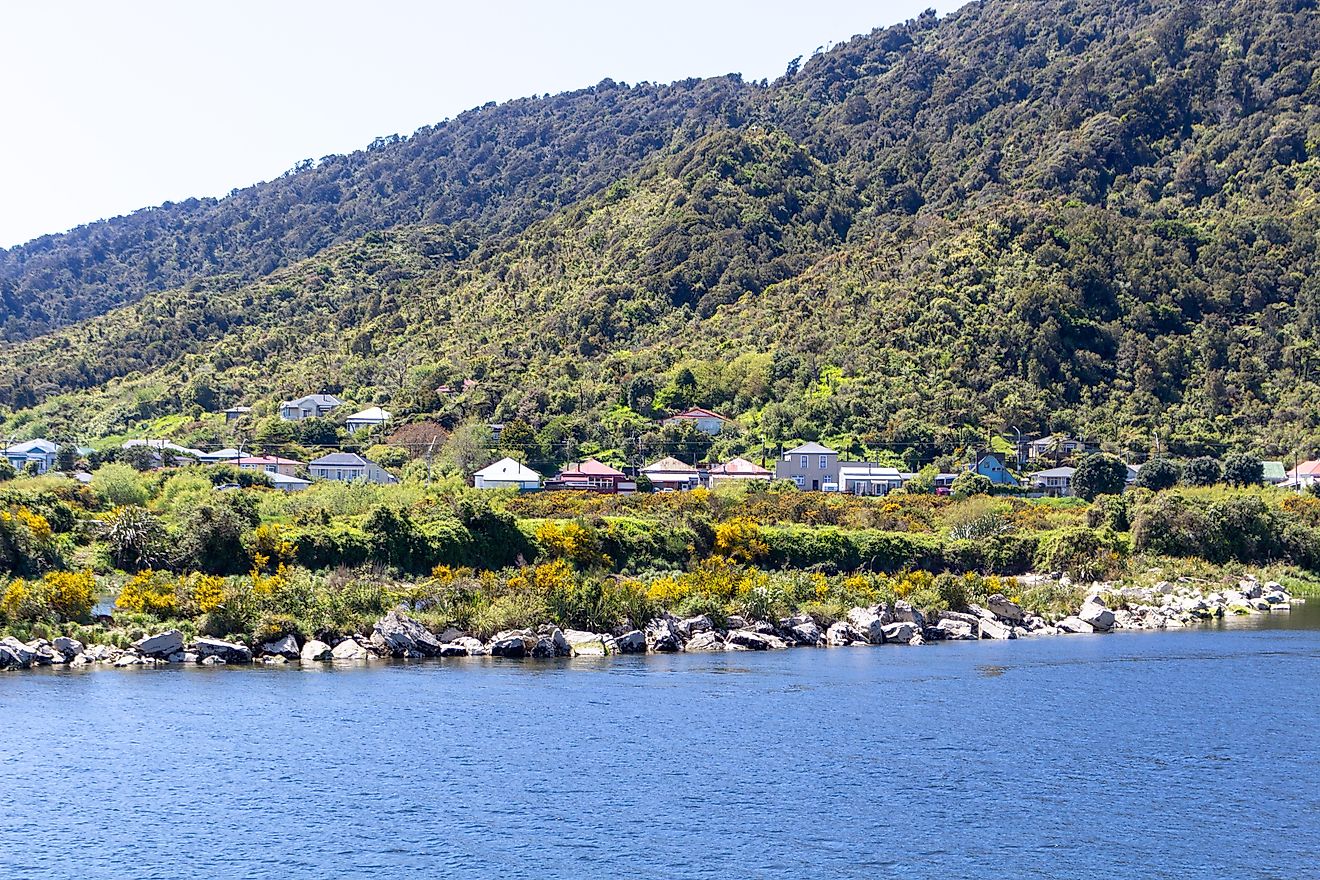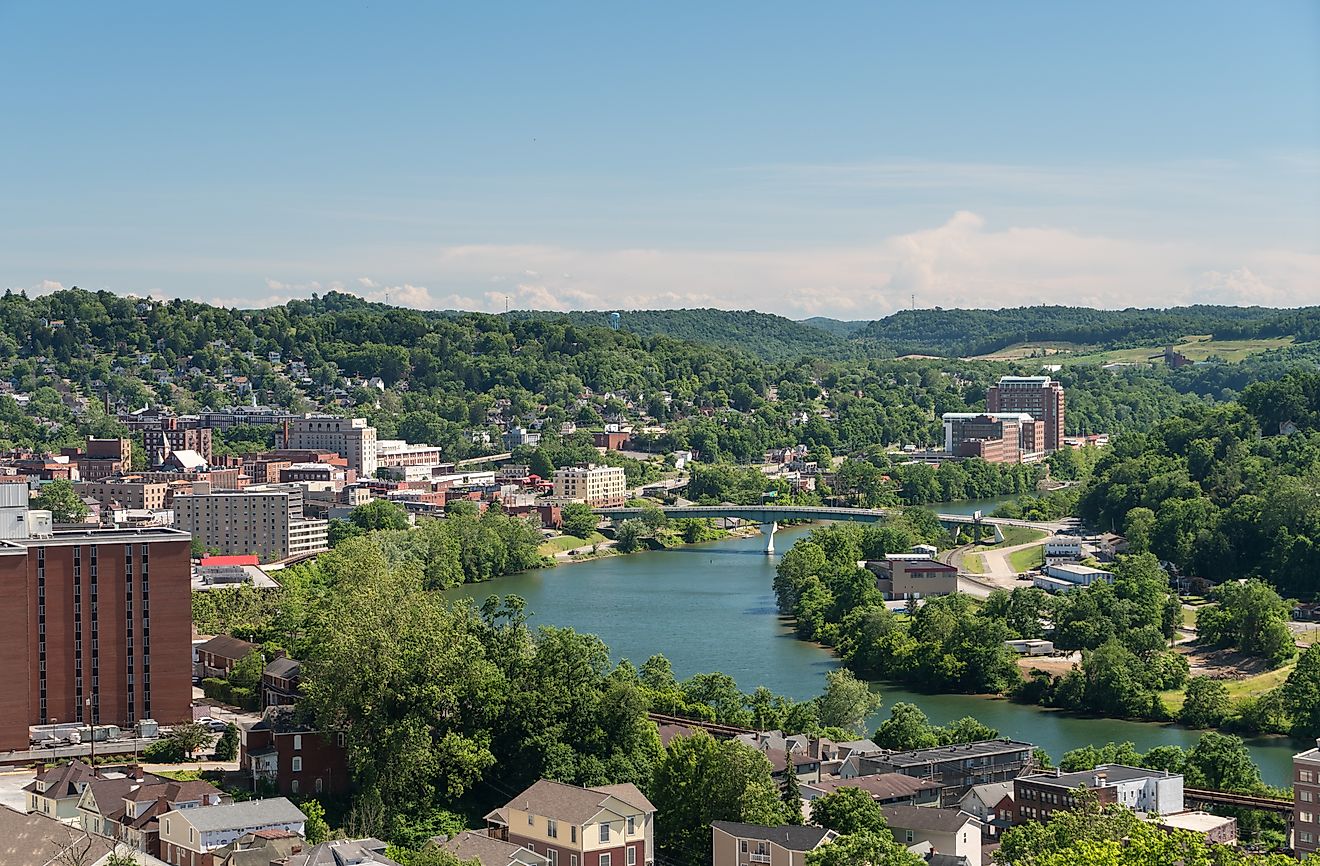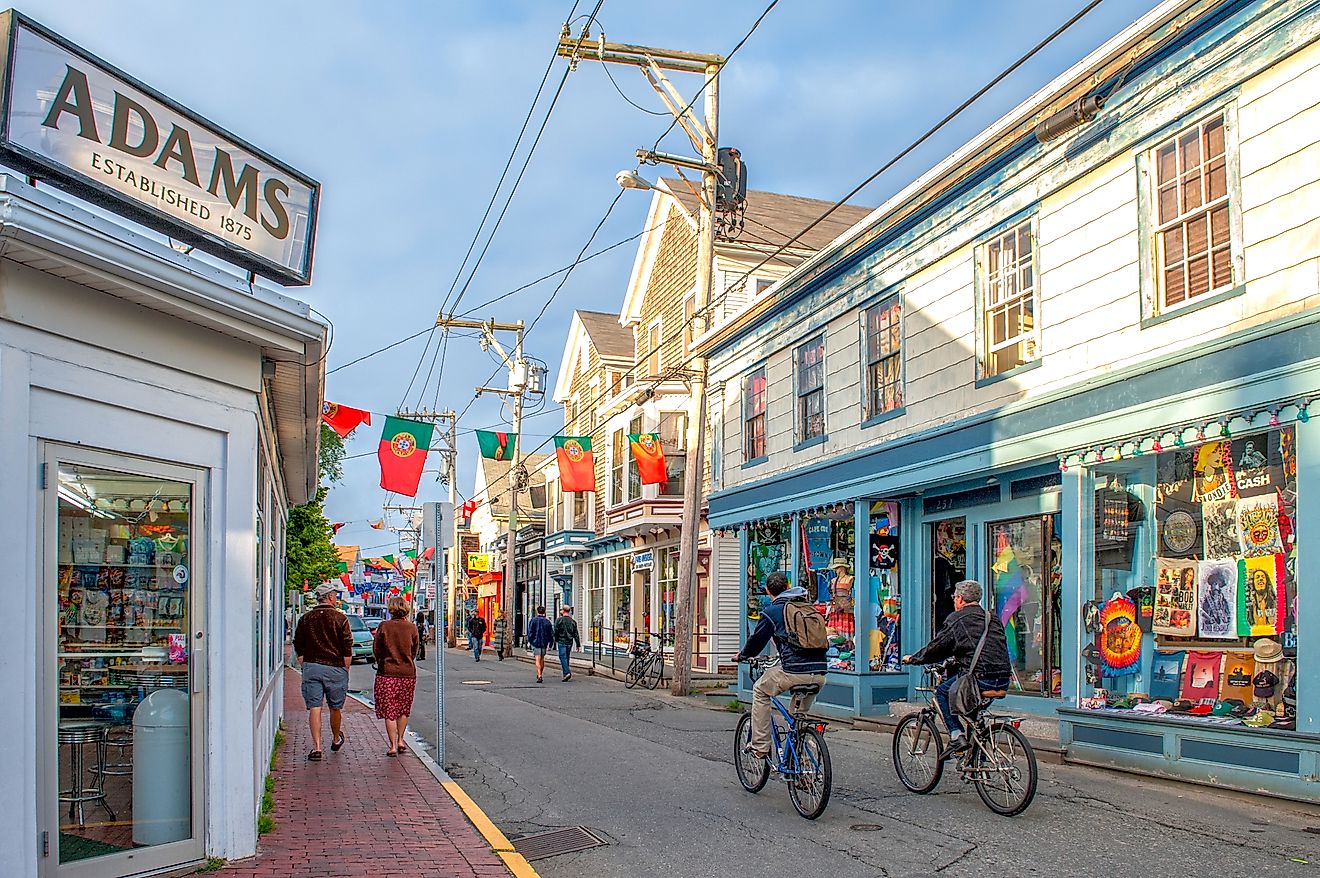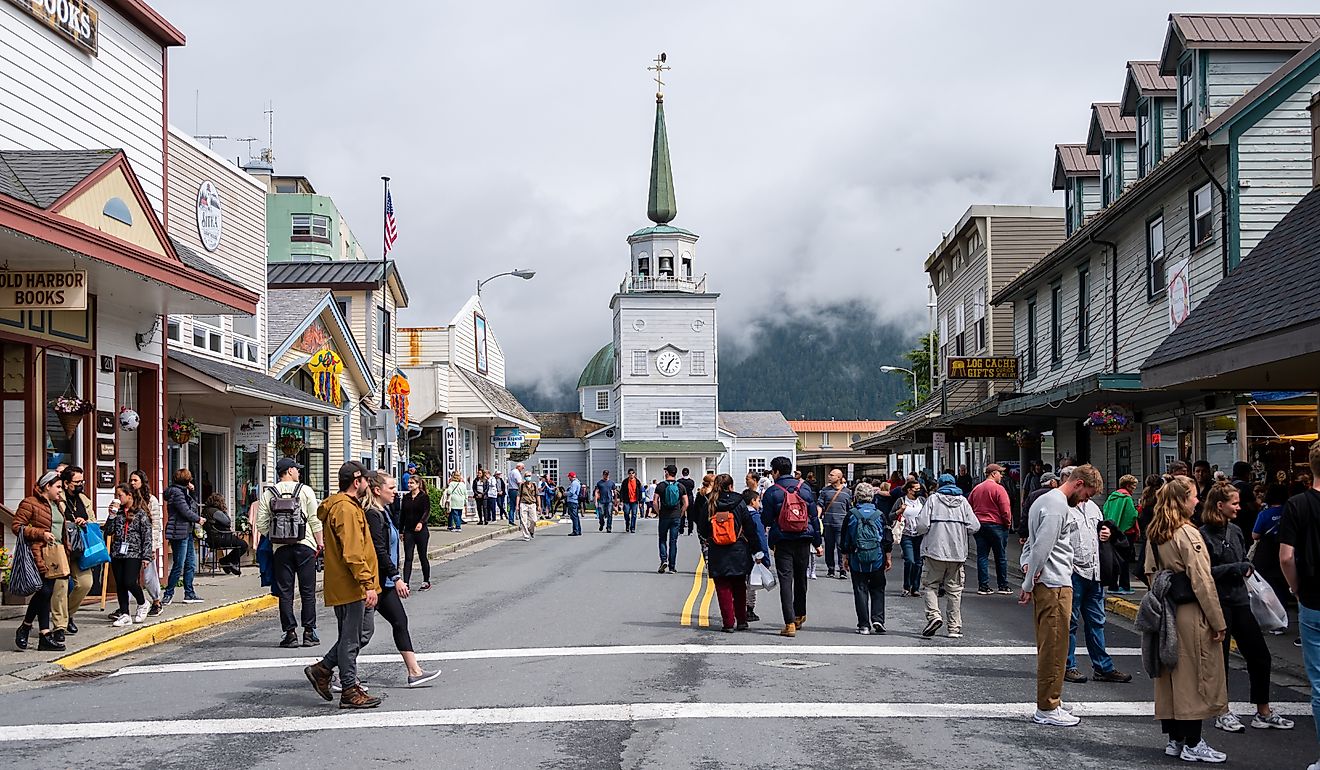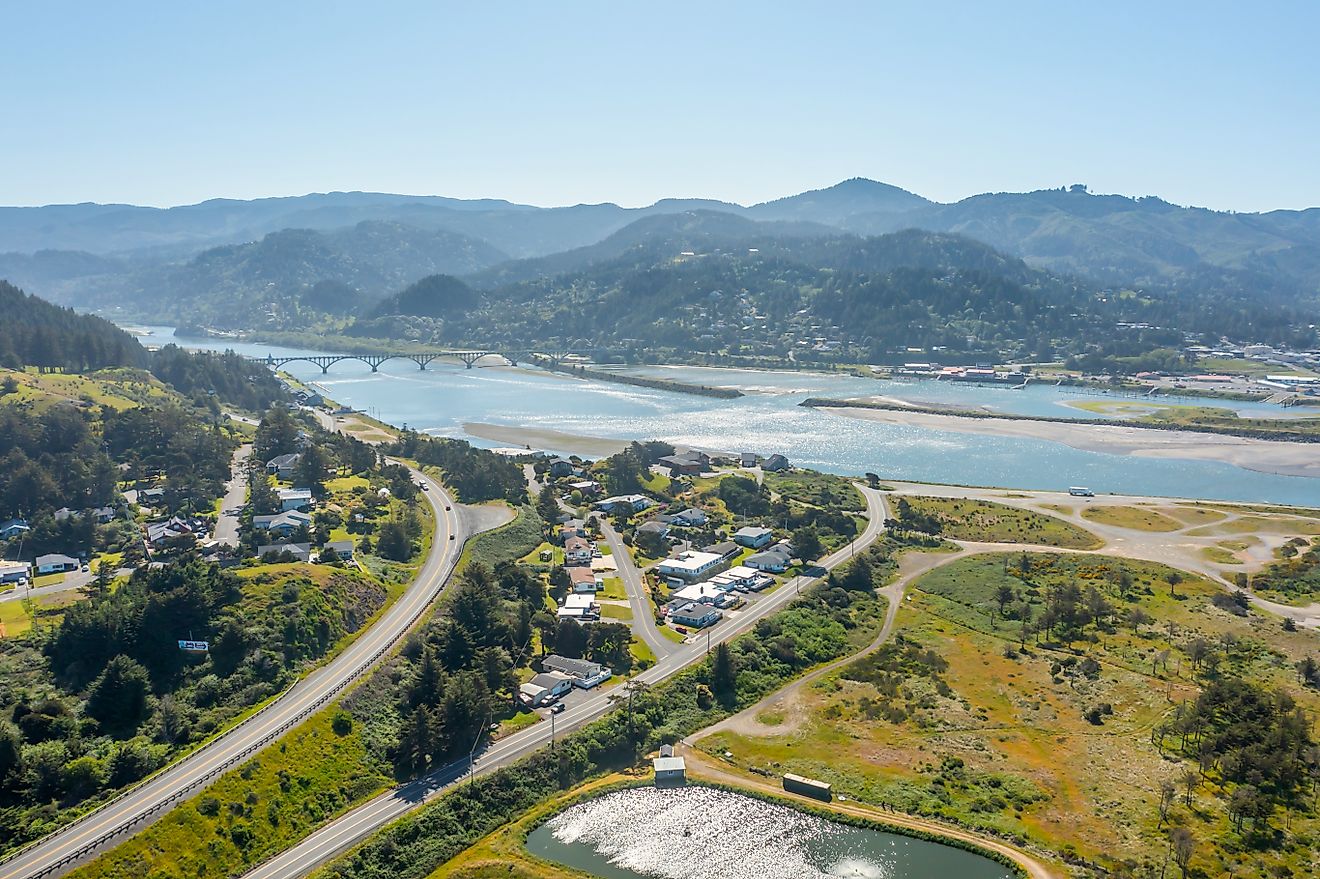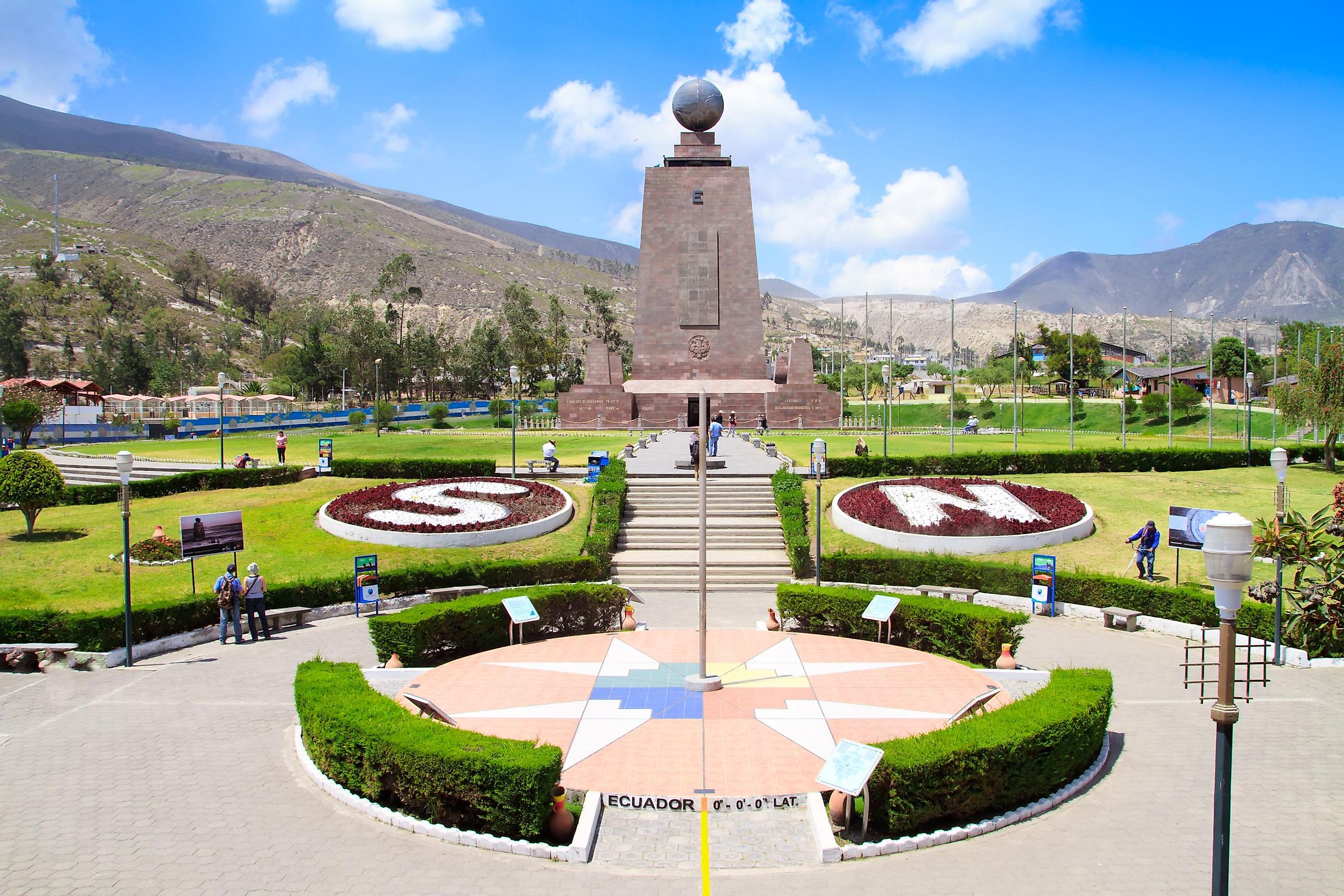
Cities On Or Near The Equator
The equator is an imaginary line of latitude that encircles Earth, dividing it into the Southern and Northern Hemispheres. This line stretches approximately 24,901 miles, with only 21.3% passing through land and the remainder crossing oceans. The equator traverses several countries, predominantly in Africa and South America, though it also extensively crosses Indonesia in Southeast Asia. The following are the largest cities situated on or near the equator. It is important to note that cities described as being "on the equator" include not only those directly on the line but also those in close proximity to it.
Kinshasa, Democratic Republic of the Congo
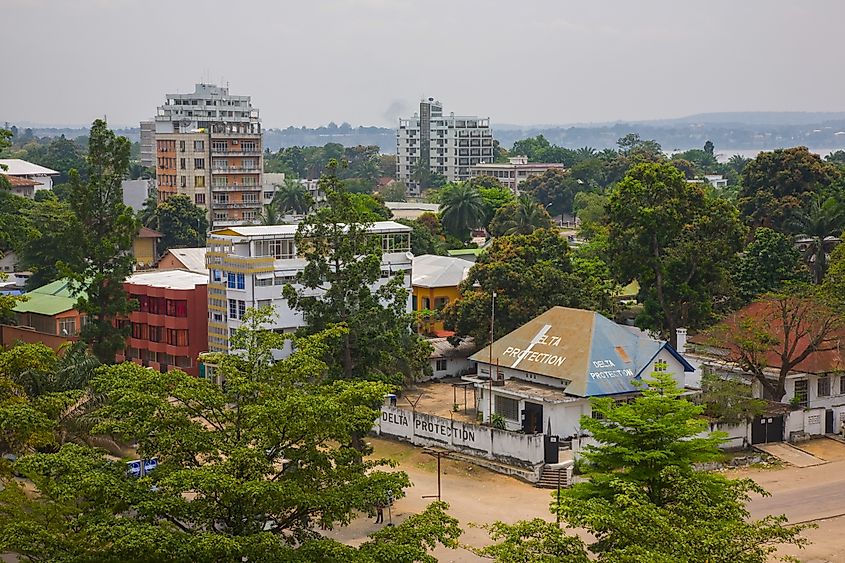
- Population: 17.07 million
- Latitude: 4° 19' 30" S
Kinshasa, the capital of the Democratic Republic of the Congo, lies slightly south of the equator along the Congo River's southern bank. Formerly called Léopoldville, it is Africa’s third-largest urban area. Administratively a city province with 24 communes, Kinshasa thrives as an industrial, economic, and cultural center, housing key institutions, universities, and industries like manufacturing, banking, and telecommunications. French is its official language, while Lingala dominates local life. Despite infrastructure challenges, Kinshasa’s creative spirit flourishes, seen in its vibrant music scene, recognized by UNESCO as a City of Music in 2015, and serving as a hub of African culture.
Bogota, Colombia
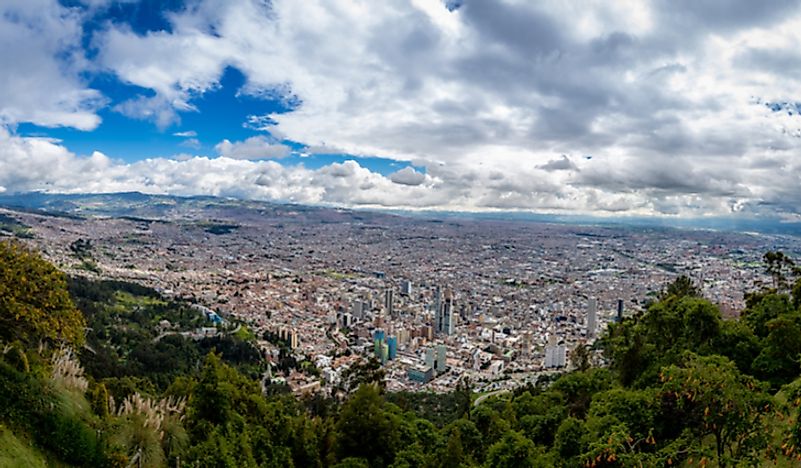
- Population: 7.91 million
- Latitude: 4° 35' 53" N
Bogota is Colombia’s capital and largest city, perched at about 2,640 meters on the Andean plateau. Founded in 1538, it served as a strategic seat during Spanish colonial rule and is now the country’s political, cultural, and economic hub. Divided into 20 localities, its population of over seven million is the nation’s largest. Bogota’s climate is mild year-round, thanks to its high elevation near the equator. Home to leading universities, the Gold Museum, and thriving financial markets, and cultural events, it houses the country’s branches of government and drives nearly a quarter of Colombia’s GDP.
Singapore, Singapore

- Population: 5.92 million
- Latitude: 1° 17' 0" N
Singapore, positioned just one degree north of the equator, is a thriving island city known for its robust economy and multicultural landscape. Singapore, originally a British trading post, later became part of Malaysia before gaining independence in 1965. Today, the city is distinguished by its high GDP per capita and holds a unique position as the only Asian country with an AAA credit rating from all major agencies. Known as a global hub for aviation, finance, and shipping, it also has a high quality of life with top rankings in healthcare, education, and safety. The city's history is complemented by its status as a multi-lingual nation with English, Malay, Mandarin, and Tamil as official languages, fostering a multi-racial and multi-cultural society.
Nairobi, Kenya
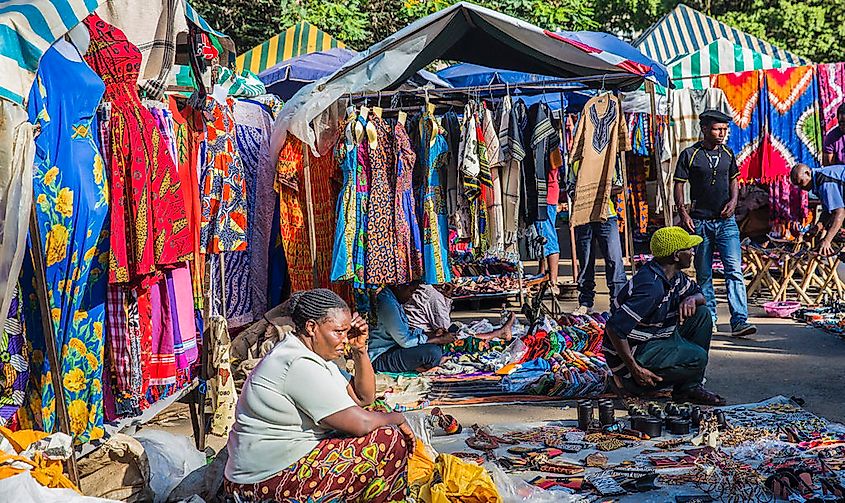
- Population: 4.83 million
- Latitude: 1° 17' 0" S
Nairobi, the capital of Kenya, known as the "place of cool waters" from the Maasai phrase "Enkare Nairobi," reflects its name with the Nairobi River flowing through it. As the largest city in Kenya, Nairobi had a population of over 4.39 million in 2019. It serves as a central hub for Kenyan businesses and international organizations, including significant United Nations offices. Nairobi is distinguished by the Nairobi Securities Exchange, one of Africa's largest, and Nairobi National Park, offering unique wildlife experiences. Founded in 1899 as a rail depot, Nairobi has evolved into a vibrant business and cultural center, joining UNESCO's Global Network of Learning Cities in 2010.
Guayaquil, Ecuador
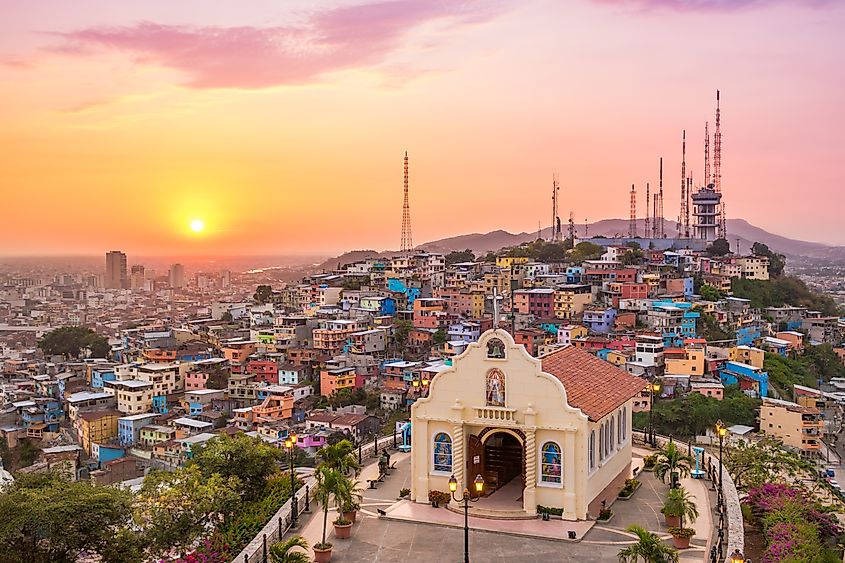
- Population: 2.65 million
- Latitude: 2° 11' 0" S
Guayaquil, officially Santiago de Guayaquil, is Ecuador's largest city and its main economic hub and port. Situated on the Guayas River, which leads into the Pacific, it serves as the capital of Guayas Province and the heartbeat of the nation's commerce. The city was founded by the Spanish in 1534 and named in honor of Santiago, its patron saint. Historically, it was a significant shipyard and a pivotal point in the trade between Asia and Latin America. Today, Guayaquil remains a lively metropolis, known for its dynamic economy, diverse culture, and as a gateway to the Galapagos Islands.
Fortaleza, Brazil
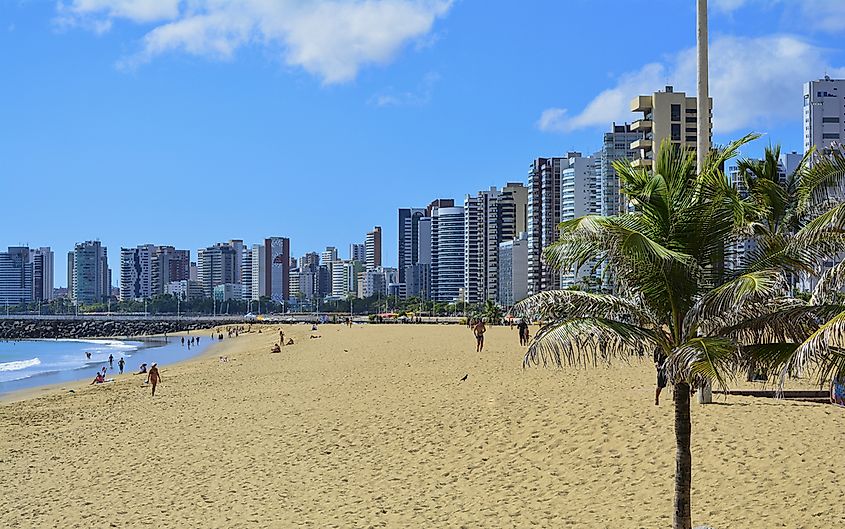
- Population: 2.43 million
- Latitude: 3° 43' 6" S
Fortaleza, the state capital of Ceará in Northeastern Brazil, is a vibrant city with a population exceeding 2.4 million, making it Brazil's 4th largest city. It serves as a critical industrial and commercial hub in Northeast Brazil and is a popular tourist destination, ranked fourth nationally. Positioned as the closest major Brazilian port to Europe, it boasts significant historical and cultural assets, including its colonial roots and rich architecture. Fortaleza enjoys a tropical wet and dry climate, offering pleasant conditions tempered by ocean breezes. The city is a key part of the Fortaleza metropolitan area, which hosts nearly 4 million residents.
Medan, Indonesia
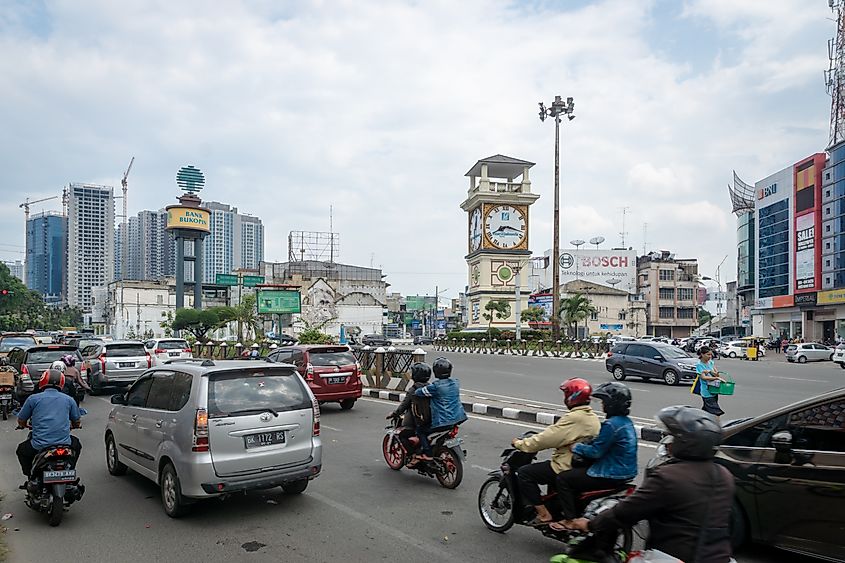
- Population: 2.3 million
- Latitude: 3° 35' 0" N
Medan, the capital of North Sumatra, Indonesia, serves as a pivotal regional hub due to its proximity to the Strait of Malacca and significant infrastructure like the Port of Belawan and Kualanamu International Airport. It is the largest city outside Java and a central node in Indonesian commerce, particularly for its extensive palm oil plantations. Medan's economy is heavily supported by trade, agriculture, and processing industries, contributing to its role as one of Indonesia's primary urban centers. The city's rich history dates back to its founding by Guru Patimpus as part of the Deli Sultanate in the 17th century. Today, Medan is not only an economic center but also a melting pot of cultures and ethnicities, making it a dynamic metropolis in Indonesia.
Cali, Colombia
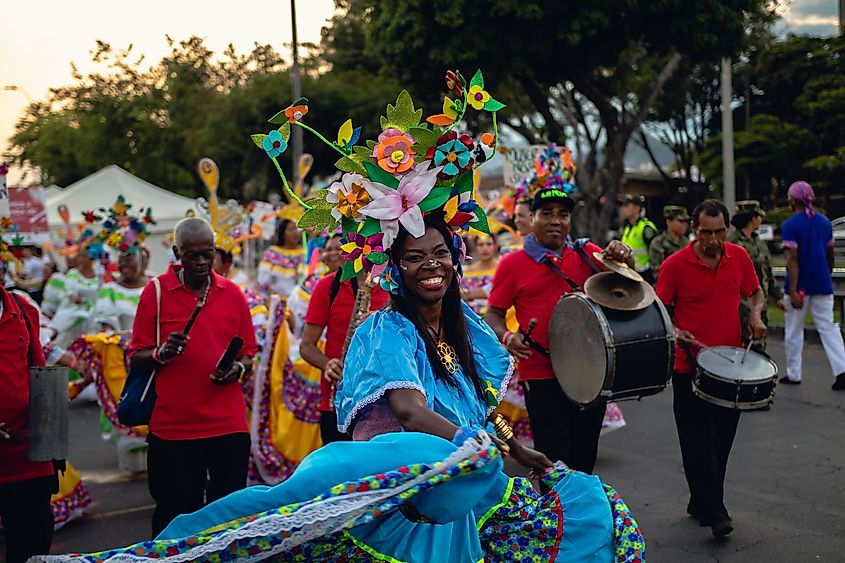
- Population: 2.23 million
- Latitude: 3° 25' 14" N
Santiago de Cali, commonly known as Cali, is the capital of the Valle del Cauca department and the most populous city in southwest Colombia with a population of over 2.28 million. It is the second-largest city in the country by area and the third most populous. Founded on July 25, 1536, by Spanish explorer Sebastián de Belalcázar, Cali is a significant economic and urban center with access to the Pacific Coast, contributing to its rapid economic growth. The city also hosts major events like the 1971 Pan American Games and the 2021 Junior Pan American Games, enhancing its reputation as a key sporting center in Colombia.
Kuala Lumpur, Malaysia
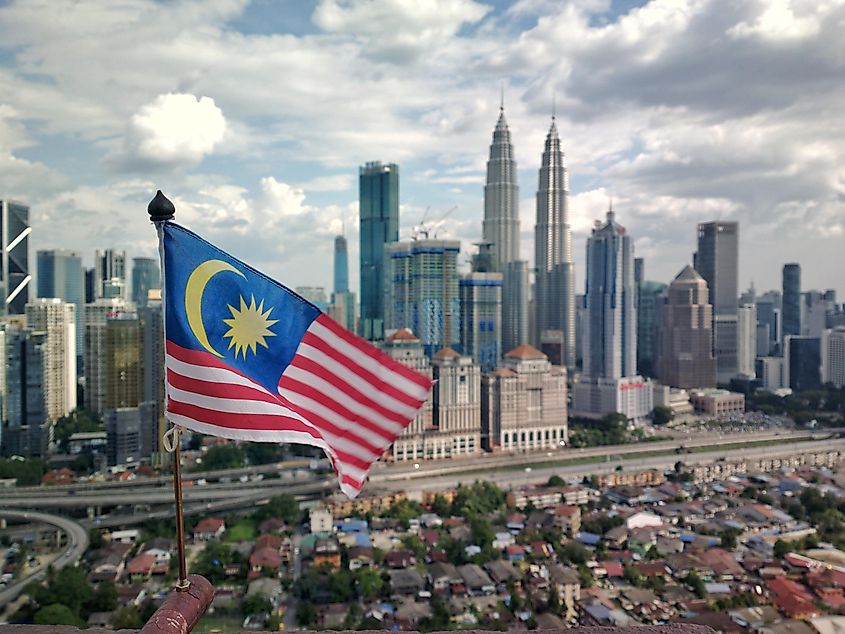
- Population: 2.08 million
- Latitude: 3° 8' 51" N
Kuala Lumpur, the capital of Malaysia, is the country's largest city with a 2024 population of over 2 million in the city and 8.8 million in the Greater Kuala Lumpur area. Known as KL, the city is Southeast Asia's fastest-growing metropolitan region, economically and demographically. Kuala Lumpur serves as Malaysia's beating heart, housing the Parliament and the official residence of the monarch. Despite relocating some government branches to Putrajaya in 1999, KL remains politically significant. The city's history centers around its founding in 1857 as a tin mining town. Today, KL is recognized for its iconic Petronas Towers, extensive shopping districts, and as a prime destination for international sporting and cultural events.
Quito, Ecuador
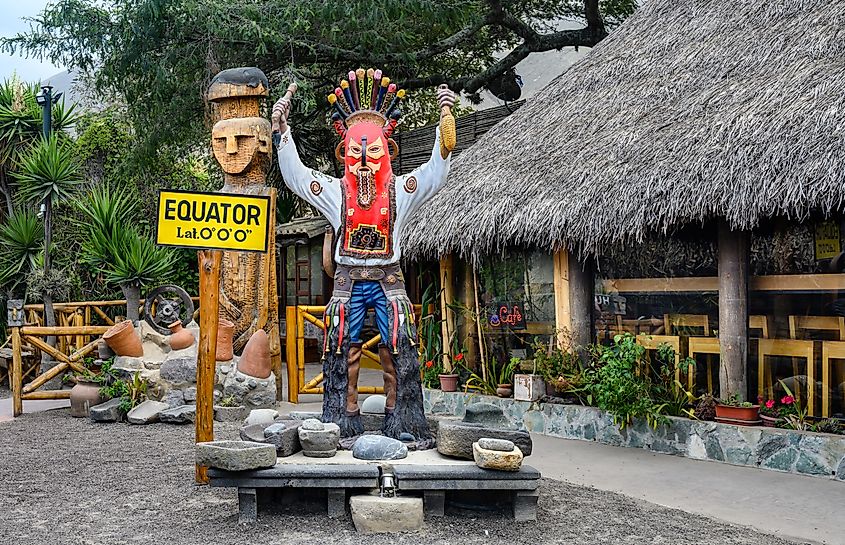
- Population: 1.76 million
- Latitude: 0° 15' 0" N
Quito, officially known as San Francisco de Quito, is the capital of Ecuador and its second-largest city, with a population of about 2.8 million in its metropolitan area. Situated in a valley on the eastern slopes of the active stratovolcano Pichincha, Quito stands at an elevation of 2,850 meters, making it one of the highest capital cities in the world. It serves as Ecuador's political and cultural hub, housing major governmental and cultural institutions, as well as the headquarters for many international companies. Quito's rich history includes its establishment during the Inca Empire as the capital of the northern region, and its historic center is one of the largest and best-preserved in the Americas, earning it a designation as a UNESCO World Heritage Site alongside Kraków in 1978.
Equatorial Countries
The Equator passes through 11 countries across three continents. In Africa, it crosses seven countries: Kenya, Somalia, Democratic Republic of the Congo, Republic of the Congo, Gabon, Sao Tome and Principe, and Uganda. In South America, it traverses Ecuador, Colombia, and Brazil, while in Asia, it only crosses Indonesia. Notably, despite its name, Equatorial Guinea does not lie on the equator. This significant latitude also intersects major water bodies, including the Atlantic Ocean, Lake Victoria, the Indian Ocean, the Gulf of Tomini, the Molucca Sea, the Halmahera Sea, and the Pacific Ocean.
